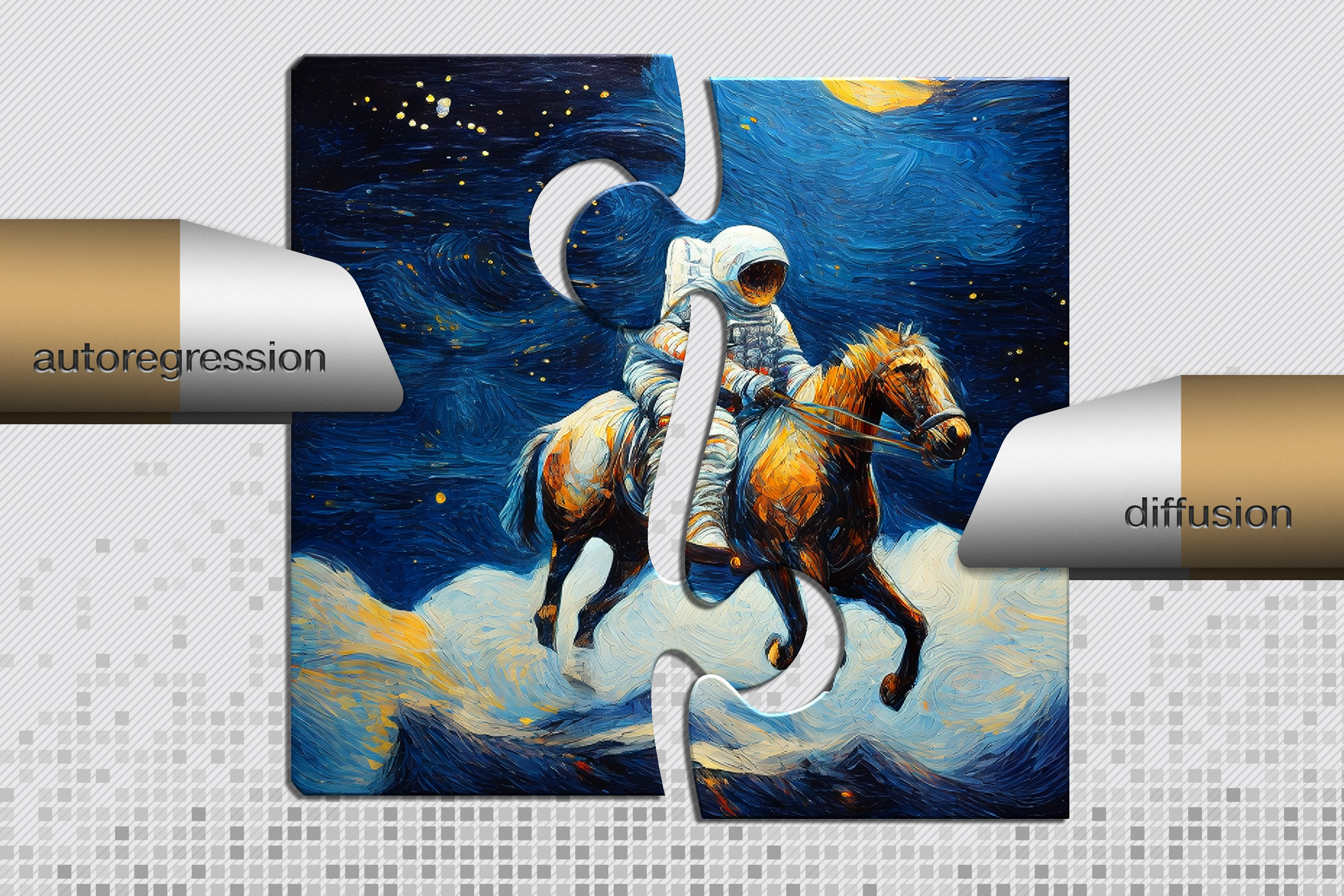Introduction to Image Generation
The ability to generate high-quality images quickly is crucial for producing realistic simulated environments that can be used to train self-driving cars to avoid unpredictable hazards, making them safer on real streets. However, the generative artificial intelligence techniques used to produce such images have drawbacks.
The Problem with Current Models
One popular type of model, called a diffusion model, can create stunningly realistic images but is too slow and computationally intensive for many applications. On the other hand, the autoregressive models that power LLMs like ChatGPT are much faster, but they produce poorer-quality images that are often riddled with errors.
A New Approach: Hybrid Autoregressive Transformer (HART)
Researchers from MIT and NVIDIA developed a new approach that brings together the best of both methods. Their hybrid image-generation tool uses an autoregressive model to quickly capture the big picture and then a small diffusion model to refine the details of the image. This tool, known as HART, can generate images that match or exceed the quality of state-of-the-art diffusion models, but do so about nine times faster.
How HART Works
The generation process consumes fewer computational resources than typical diffusion models, enabling HART to run locally on a commercial laptop or smartphone. A user only needs to enter one natural language prompt into the HART interface to generate an image. HART could have a wide range of applications, such as helping researchers train robots to complete complex real-world tasks and aiding designers in producing striking scenes for video games.
The Best of Both Worlds
Popular diffusion models are known to produce highly detailed images, but they are slow and computationally expensive. Autoregressive models, on the other hand, can generate images by predicting patches of an image sequentially, a few pixels at a time, but they can’t go back and correct their mistakes. HART uses an autoregressive model to predict compressed, discrete image tokens, then a small diffusion model to predict residual tokens, which compensate for the model’s information loss by capturing details left out by discrete tokens.
Outperforming Larger Models
The researchers found that incorporating the diffusion model in the early stages of the autoregressive process resulted in an accumulation of errors. Instead, their final design of applying the diffusion model to predict only residual tokens as the final step significantly improved generation quality. Their method can generate images of the same quality as those created by a diffusion model with 2 billion parameters, but it does so about nine times faster, using about 31 percent less computation than state-of-the-art models.
Conclusion
HART is a breakthrough in image generation, offering a balance between speed and quality. Its ability to generate high-quality images quickly and efficiently makes it an exciting development for various applications, from training self-driving cars to creating realistic video game scenes. As researchers continue to refine and build upon this technology, we can expect to see even more innovative uses for HART in the future.
FAQs
- What is HART?: HART stands for Hybrid Autoregressive Transformer, a new image-generation tool that combines the best of autoregressive and diffusion models.
- How does HART work?: HART uses an autoregressive model to quickly capture the big picture, then a small diffusion model to refine the details of the image.
- What are the benefits of HART?: HART can generate high-quality images quickly and efficiently, making it suitable for various applications, including training self-driving cars and creating realistic video game scenes.
- Is HART faster than current models?: Yes, HART is about nine times faster than state-of-the-art diffusion models, using about 31 percent less computation.
- Can HART be used for other tasks?: Yes, researchers plan to apply HART to video generation and audio prediction tasks, and potentially build vision-language models on top of the HART architecture.











